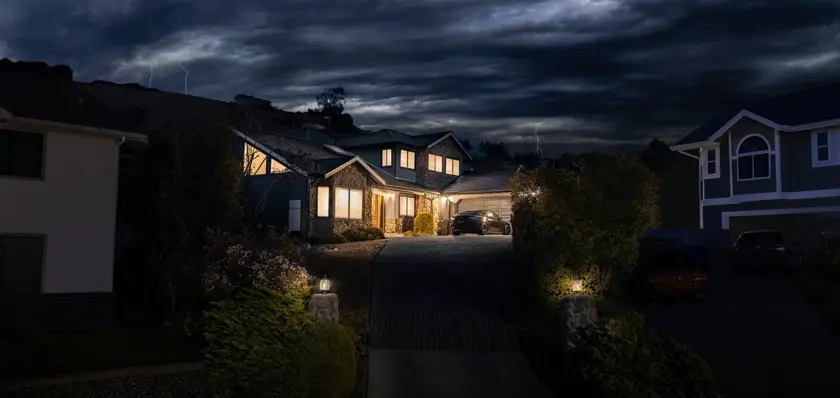T4K3.news
Tesla Robotaxi Trails Waymo in Austin Test
Waymo rides show stronger reliability in Austin; Tesla's Robotaxi still requires remote support and safety monitoring during the rollout.
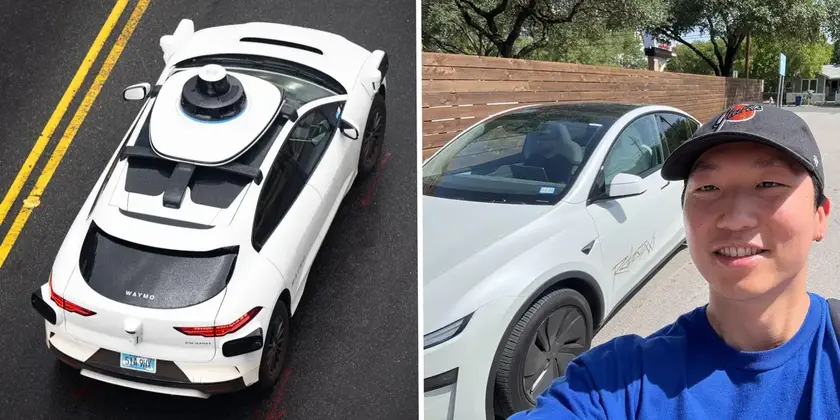
A head-to-head test in Austin shows Waymo rides as more reliable, while Tesla's Robotaxi still requires remote help and safety oversight.
Tesla Robotaxi Trails Waymo in Austin Test
Business Insider conducted a head-to-head test in Austin, comparing Tesla's Robotaxi with Waymo's robotaxi service. Waymo operates in Austin through Uber, while Tesla's robotaxi is invitation-only and relies on a safety monitor inside each car. The test combined several rides over two days to gauge app experience, pickup times, route accuracy, and passenger comfort.
Over July 16 and 17, the reporter rode five Tesla rides and eight Waymo rides. Waymo’s average pickup time hovered around seven minutes and the typical ride price was about $10.69. Waymo consistently matched pickup and drop-off locations, even when traffic was heavy. Tesla’s Robotaxi delivered a smooth ride but required three remote interventions on the first day and demonstrated occasional routing quirks. A safety monitor remained in every Tesla, underscoring the ongoing need for human oversight. Musk has said the service will be open to the public by September, though current access is limited and selective.
The verdict echoes a prior comparison: Waymo remains the more polished option in Austin, while Tesla shows meaningful progress but still acts like a work in progress. The remote support system and a geofence that keeps cars within digital boundaries were the standout safeguards in Tesla’s setup, yet the experience still felt less seamless than Waymo’s model.
Key Takeaways
"The safety monitor is the quiet guardian of the ride."
Describes the role of human oversight in Tesla's Robotaxi operations.
"Rides still feel like experiments even when they are daily errands."
Editorial reflection on rider perception during early rollout.
"Geofence boundaries shape the practical limits of early robotaxi fleets."
Notes the digital boundaries guiding deployment.
"Remote support can save a ride but also underscores reliance on operators."
Describes the role of remote agents in safety.
The test highlights a core tension in autonomous driving: speed to scale versus reliability in everyday traffic. Waymo’s mature, sensor-rich approach lends steadiness and predictability, especially in complex urban environments. Tesla’s camera-first stack paired with remote operators aims for rapid expansion, but the need for live support reveals a fragility in current autonomy levels.
Public reception will hinge on ride quality, price, and how smoothly safety controls operate in real traffic. Using geofences helps limit risk, but it can also lead to longer routes and occasional delays. The big milestone remains removing the safety monitor, yet achieving that will require near-perfect performance and clear regulatory approval. The Austin experience shows both companies still have work to do before robotaxis feel like ordinary transportation.
Highlights
- The safety monitor is the quiet guardian of the ride.
- Rides still feel like experiments even when they are daily errands.
- Geofence boundaries shape the practical limits of early robotaxi fleets.
- Remote support can save a ride but also underscores reliance on operators.
Autonomous taxi trials raise safety and public reaction concerns
The Austin test shows ongoing safety questions, cost considerations, and public reaction as robotaxis approach wider use. The reliance on safety monitors and remote operators highlights both safeguards and potential friction with riders and regulators.
The next chapter will reveal how quickly riders accept robotaxis as a normal part of city streets.
Enjoyed this? Let your friends know!
Related News
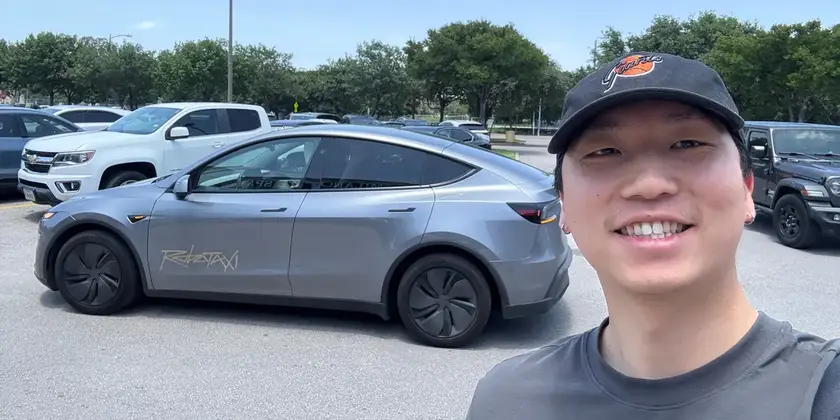
Tesla's Robotaxi Test Encounters Issues
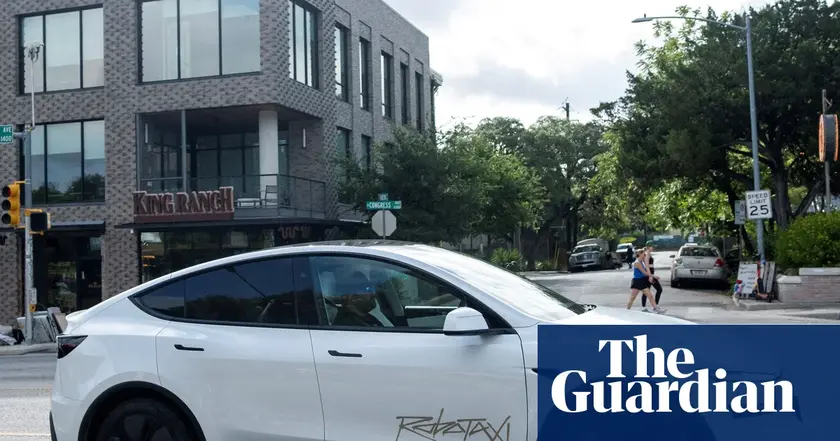
Elon Musk's robotaxi service faces regulatory investigation
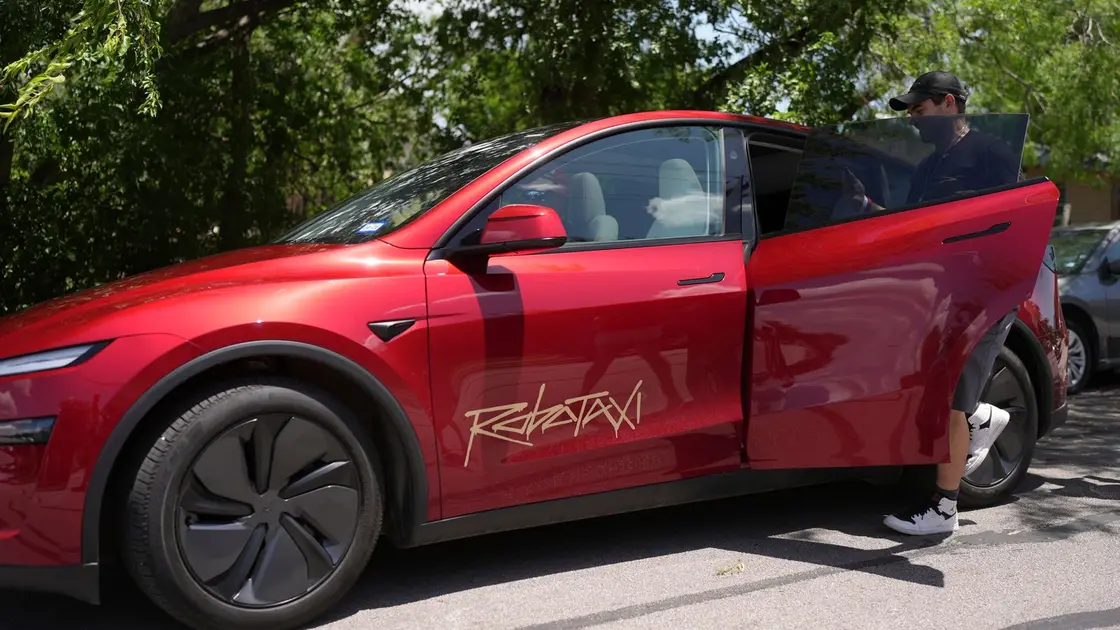
Tesla robotaxis under investigation for safety issues
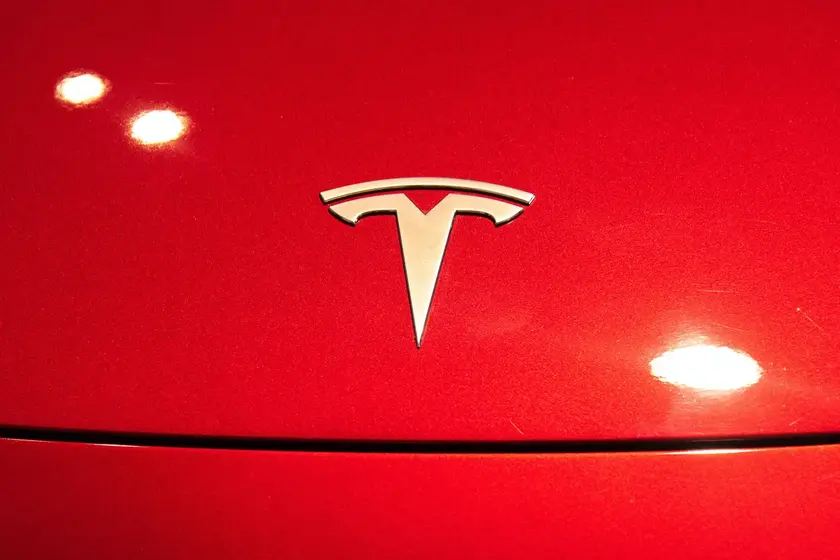
Tesla initiates limited robotaxi service in San Francisco

Tesla's Q2 Earnings Show Revenue Decline
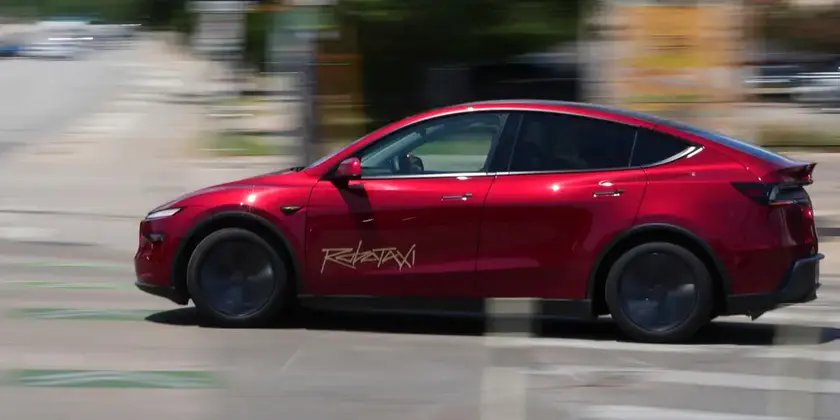
Tesla plans to launch Robotaxi in the Bay Area
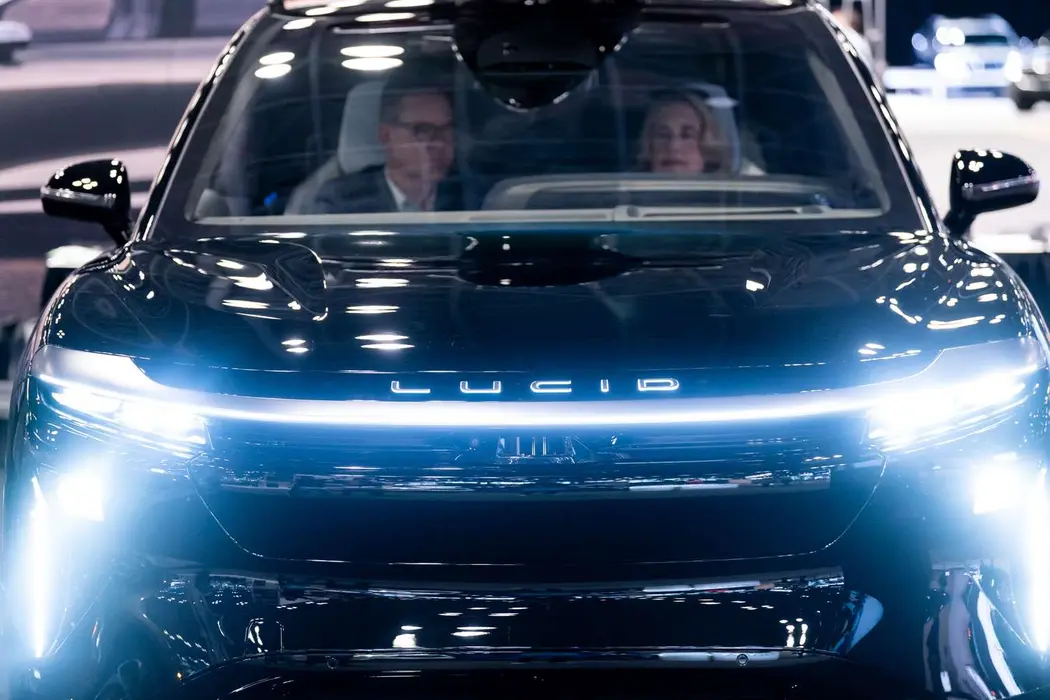
Lucid stock rises sharply on partnership

Tesla robotaxi expansion raises safety concerns
